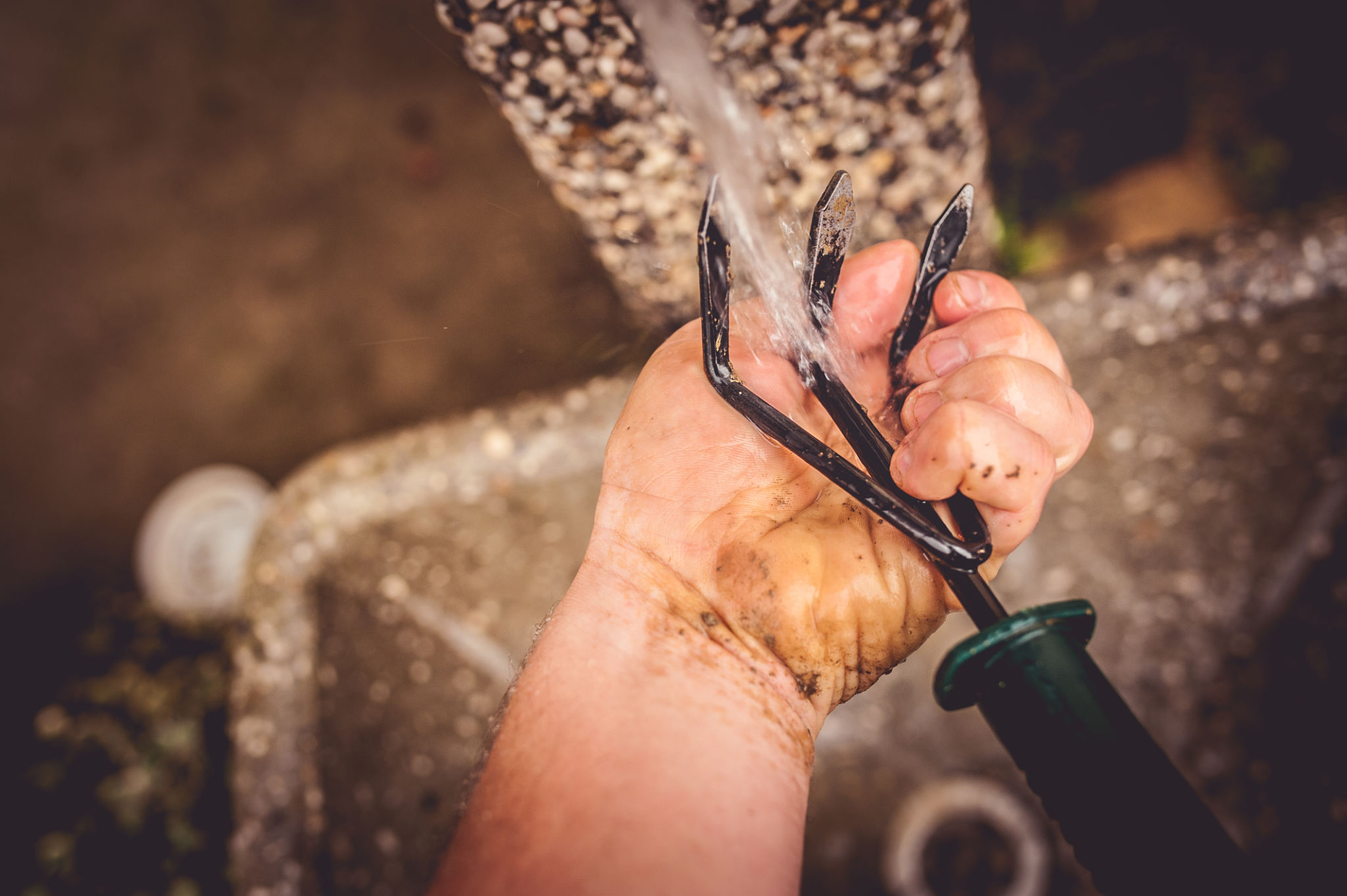DIY Painting Tips: How to Achieve a Professional Finish at Home
Preparation is Key
Before you even pick up a brush, proper preparation is crucial to achieving a professional finish. Start by clearing the room of furniture or covering it with drop cloths. Use painter's tape to protect moldings, windows, and any surfaces you don't want to paint. Cleaning the walls is essential; use a damp cloth to remove dust and grease, ensuring the paint adheres properly.
Once the surface is clean, inspect for any cracks or holes. Use a spackling compound to fill these imperfections, then sand them smooth once dry. This will ensure a flawless finish. Don’t forget to apply a primer, especially if you're painting over a dark color or on a new wall, as it helps the paint adhere better and enhances the color.

Choosing the Right Tools
Selecting the right tools can make a significant difference in the outcome of your painting project. Use high-quality brushes and rollers specific to the type of paint you are using. For large areas, a roller with an extension pole can save time and effort, while angled brushes work great for cutting in along edges and corners.
Consider the paint finish that best suits your room. Flat or matte paints are excellent for hiding imperfections but can be harder to clean. Satin and eggshell finishes offer some gloss and are easier to maintain, making them ideal for high-traffic areas. Semi-gloss and gloss paints add shine and are perfect for trim and moldings.

Mastering the Technique
Painting technique is as crucial as preparation and tools. Start by cutting in around the edges of the room with a brush before moving on to the larger areas with a roller. This will ensure clean lines where walls meet ceilings, moldings, and corners. Work in small sections, keeping a wet edge to avoid lap marks.
When using a roller, apply paint in a "W" pattern to evenly distribute it on the wall before filling in the gaps. This method helps achieve an even coat without streaks or roller marks. For best results, apply two coats of paint, allowing sufficient drying time between each coat as indicated on the paint can.

Finishing Touches
The final touches can elevate your DIY painting project to a professional level. Once the paint is dry, carefully remove painter's tape at a 45-degree angle to avoid peeling fresh paint. Inspect the walls for any missed spots or drips; touch up any imperfections with a small brush.
Clean your brushes and rollers immediately after use to prolong their life, following the manufacturer's instructions on cleaning solvents and methods. Properly ventilate the room to ensure all paint fumes dissipate, and replace any furniture or décor once everything is completely dry.

Adding Personal Flair
Finally, consider adding some personal flair to your freshly painted room. Accent walls can add depth and interest without overwhelming the space. Experiment with different colors or even patterns using stencils or painter’s tape for geometric designs.
Don’t shy away from mixing textures by incorporating wallpaper on one wall or using faux finishes like sponging or rag rolling for a unique look. These creative touches can make your space truly one-of-a-kind while showcasing your personal style.